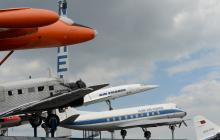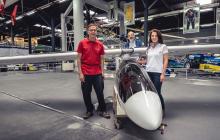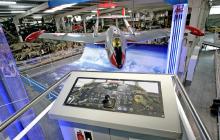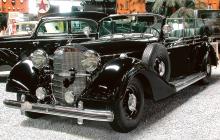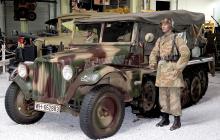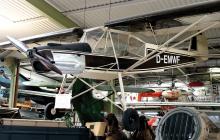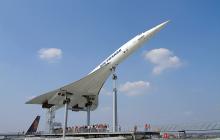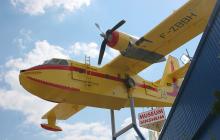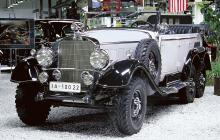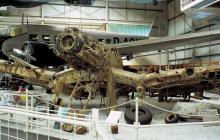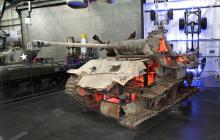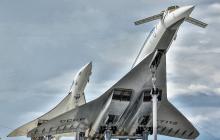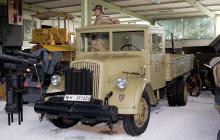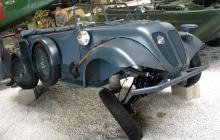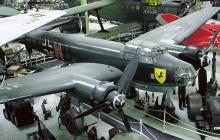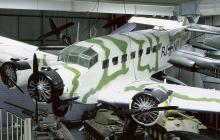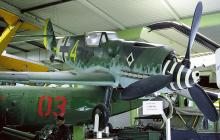Heinkel He-111
In the early thirties the "Deutsche Lufthansa" was looking for a new type of airplane for a crew of two and about 10 passengers. This prompted Heinkel to start developing the He-111 in 1934. Since it was anticipated that the Lufthansa commission would be insufficient to cover the development costs the plans provided right from the outset an alternative use as a bomber. The first flight took place on February 24, 1934. As of January 1937 30 planes of the Type B-1 were dispatched into action in the Spanish civil war.
The He-111 quickly developed into the standard bomber of the German airforce. With a maximum bomb-load of 2,000 kg it should be classified as a medium bomber. In the German airforce, however, it was regarded as a heavy bomber for the simple reason that, until shortly before the end of the war, no serious efforts had been made to develop a genuine heavy four-engine bomber. The heavy bombers of the Allied Forces, in comparison, were able to carry an average bomb-load of 6,000 to 8,000 kg.
Any serious attempt at tactical aerial warfare with blanket coverage bombing was made by Germany but once, namely in the Battle of Britain. It quickly turned out, however, that the available airplanes were inadequate for this purpose.
Technical Data:
Production Period: 1935 - 1944; Wing Span: 22,6 m; Engine: 2 x Jumo 211-F in-line engine with 1,340 hp each; Maximum Speed: 470 km/h; Bomb Load: 2,000 kg; Total Production: approx. 15,000 units; Take-off Weight: 13,500 kg

